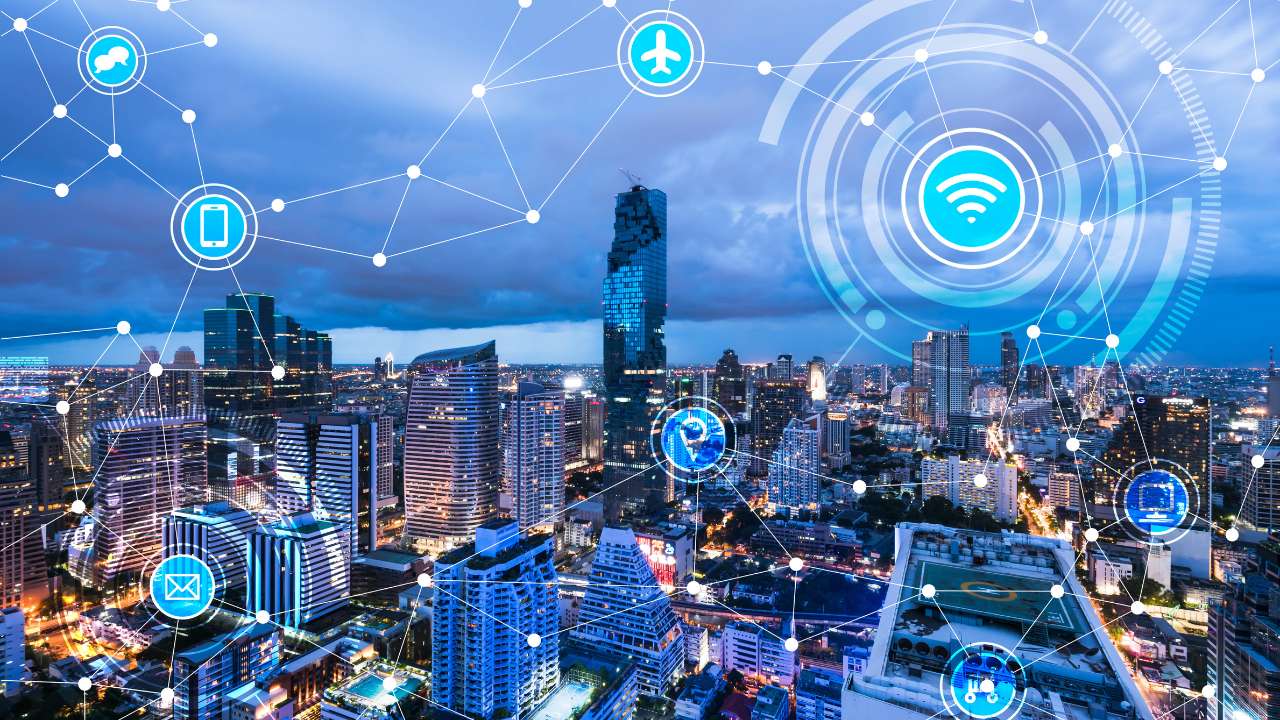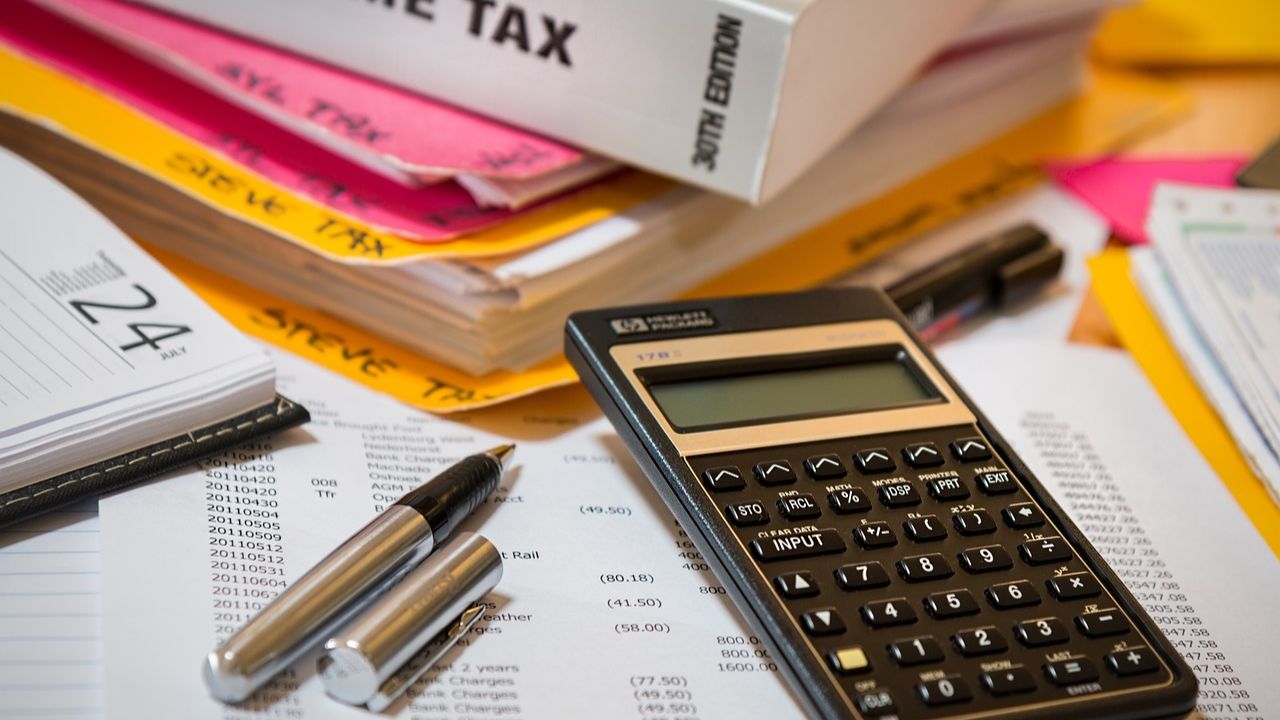India’s telecommunications industry has undergone a remarkable transformation over the last ten years, mainly due to rapid technological advancements. These advancements, coupled with increased affordability and extensive network coverage, have significantly influenced data usage patterns, per-subscriber consumption, and tariff rates in the country. This evolution has also made India one of the fastest-growing markets for mobile and internet services. Due to the widespread use of smartphones and the low cost of data plans, data consumption in India has increased exponentially. The growing popularity of digital content has also played a significant role. This trend has been further accelerated by the introduction of more faster and reliable connectivity like 4G and 5G technology. This affordability and accessibility have positioned India as a leading data consumer on the global stage. India’s average data consumption per subscriber has also dramatically increased over the last decade, which indicates the growing dependence on mobile Internet for various daily activities. The proliferation of video streaming services, online gaming, social media engagement, and remote working solutions have contributed to higher data consumption per user. In order to meet the growing demand and preserve service quality, this trend trend underscores the need for continuous investment in network infrastructure.
Tariff rates in India have undergone significant changes, influenced by regulatory policies, competitive dynamics, and technological advancements. The intense competition among telecom operators has substantially reduced data tariffs, making internet access more affordable for a broader population segment. The introduction of innovative tariff plans, such as unlimited data packages and bundled offers, has played a crucial role in driving data adoption. However, the sustainability of low tariff rates poses challenges for the telecom sector, necessitating a balance between affordability and profitability.
Fig: 1
India’s total quarterly data usage has grown 12.5 times over the last seven years, from 4,206.4 PB in Q1 (2017–18) to 52,636 PB in Q4 (2023–24). Furthermore, despite sporadic intervals of slower growth or slight declines, the linear trend of the total quarterly data usage shows a steady upward trajectory. Initially, the percentage change in quarterly data usage remained consistently high due to rapid expansion. However, this growth has stabilized in more recent years due to the maturation of the market. The amount of data consumption per subscriber per month was relatively low in 2017-18 but witnessed a significant increase, particularly in the second quarter of 2018-19. Over the last seven-year period, this metric has surged by 16.2 times, from 1.3 GB to 20.3 GB per month. Although there have been several fluctuations in growth rates across different quarters, including occasional negative changes, possibly due to market adjustments or technological shifts, the overall trend indicates increased data consumption per subscriber. The tariff per GB in India has shown a declining trend over the subsequent quarters due to competitive pressures and technological advancements. Over the past seven years, the tariff per GB has nearly halved, decreasing from 17.4 Rs. to 8.7 Rs. per GB. Early quarters were marked by aggressive pricing strategies, as evidenced by negative percentage changes. Even though the rate of decline has slowed in recent years, the consistent tariff reduction has made data services more accessible and affordable (fig: 1).
Fig: 2
The Pearson correlation coefficient between data consumption per subscriber per month (GB) and the tariff per GB (Rs.) is approximately -0.71. This negative correlation indicates a strong inverse relationship between data consumption per subscriber and the tariff per GB over the specified period. As the data consumption per subscriber tends to increase, the cost of data per GB decreases. This trend also suggests that as data becomes more affordable, subscribers are more likely to use greater amounts of data, highlighting the significant impact of pricing on consumer behaviour in the Indian market (fig: 2).
In conclusion, there have been notable changes in data pricing, consumption patterns, and overall usage throughout the telecom sector’s journey from 2017–18 to 2023–24. These trends reflect broader shifts in consumer behaviour, technological advancements, and strategic adjustments by operators to navigate a highly competitive and evolving market landscape. The initial years of rapid growth and declining tariffs suggest a phase of aggressive market penetration and competitive pricing. The recent moderation in growth rates and tariffs indicates a maturing market where providers focus on sustainable growth and profitability. The significant rise in data consumption per subscriber highlights the growing importance of Internet services in daily life. It is also clearly evident that continuous investment in network infrastructure is needed to ensure quality service delivery. Fluctuations in tariffs reflect the balancing act telecom operators perform between affordability for consumers and maintaining financial viability. The steep price drops followed by occasional increases suggest reactive strategies to market conditions and competitive pressures. As the market stabilizes, future growth will likely hinge on innovations and the expansion of digital services. Operators will need to focus on value-added services, efficient cost management, and exploring new revenue streams.
References
- Telecom Regulatory Authority of India | Government of India. (n.d.). https://trai.gov.in/
- DARPAN: (n.d.-c). https://dot.dashboard.nic.in/DashboardF.aspx
- TELECOM REGULATORY AUTHORITY OF INDIA, & Rághunandan, V. (2024). Indian Telecom Services Performance Indicator Report. In Information Note to the Press (pp. 1–11) [Press-release]. https://www.trai.gov.in/sites/default/files/PR_No.05of2024.pdf
- In Last Five Years, Mobile Data Consumption Per Person in India Has Risen from 5 GB to 20GB. (n.d.). The Wire. https://thewire.in/tech/in-last-five-years-mobile-data-consumption-per-person-in-india-has-risen-from-5-gb-to-20gb
- TRAI releases “Indian Telecom Services Performance Indicator Report” for the Quarter April-June, 2022. (n.d.). https://pib.gov.in/PressReleaseIframePage.aspx?PRID=1878361
About Author
Pankaj Chowdhury is a former Research Assistant at the International Economic Association. He holds a Master’s degree in Demography & Biostatistics from the International Institute for Population Sciences and a Bachelor’s degree in Statistics from Visva-Bharati University. His primary research interests focus on exploring new dimensions of in computational social science and digital demography.
Akash Dey is a former Sales Executive at Alpine Health. He holds a Bachelor of Business Administration (BBA) from B.P. Poddar Institute of Management and Technology. His key areas of expertise include Decision-Making, Communication, Market Research, Product Marketing, Business Development, and Marketing Strategy.
Disclaimer: The views expressed in this article are those of the author and do not necessarily reflect the views of 360 Analytika.
Acknowledgement: The author extends his gratitude to the Ministry of Telecommunications for providing data support.
This article is posted by Sahil Shekh, Editor-in-Chief at 360 Analytika.







